Usability courses
Disability courses
About this course
In this two hour course, you will learn about:
- The changing meaning of ‘disability’
- Attitude as a barrier
- Your legal obligations
- Removing barriers in online meetings
- Removing barriers in in-person meetings
- Tools for inclusion
- Inclusion for neurodiversity
- Making it happen
This course is for people who:
-
- Organise meetings and events
- Present at meetings and events
- Run or facilitate meetings and events
- Attend meetings and events
The online version of this course uses a combination of:
-
- small group discussions (breakouts)
- collaboration tools (such as whiteboards and polls)
- lecture content (with slides)
- video content
This course has been developed with accessibility in mind.
Find out more about how Great Question courses are taught online
The in-person version of this course uses a combination of:
-
- small group discussions
- collaboration tools (for example: pen and paper, sticky notes)
- lecture content (with slides)
- video content
The in-person version of this course has been developed with accessibility in mind.
This course was designed with the needs of the APS (Australian Public Service) in mind.
It is informed by:
Learning outcomes from the APS learning design standards for digital can be found at the bottom of this page.
What you’ll learn
Key learning outcomes
At the end of this course, you will be able to:
- Describe the medical and social models of disability
- Define ‘impairments’ and ‘barriers’
- Describe which barriers can impact on meetings
- Differentiate between ‘person first’ and ‘identity first’ language
- Describe the impact of culture and attitude on accessibility
- Understand the legal concept of ‘reasonable accommodation’
- Describe the estimated levels of disability in Australia
- Understand the reputational damage that disabled people can experience as the result of inaccessibility
- Identify and use accessibility features of common meeting software
- Identify and use social tools for improving accessibility
- Name some conditions that make up neurodiversity
- Describe how to support working memory and long term memory
- Describe ways of championing accessibility with stakeholders
APSC learning outcomes
This course aligns to learning outcomes set out in the APSC (Australian Public Service Commission) Learning Standards for Digital and the SFIA digital skills and competency framework.
1. Accessible and inclusive Australian Government services
1.1. Defining accessibility and inclusion: explain the importance of making Australian Government services inclusive and accessible.
2. Accessibility compliance requirements and guidelines
2.1 Mandatory requirements for accessibility: comply with accessibility legal and policy framework
2.3 Assistive technology: design for common types of assistive technologies and adaptive strategies
4. Championing accessibility within your organisation
4.1 Accessibility performance: assess, monitor, and report on the accessibility performance and capability of your organisation
4.2 Advocating for change: promote an organisational focus on accessibility and inclusion
4.3 Influencing strategically: Influence and negotiate to ensure accessibility and inclusion are considered in corporate decision making

